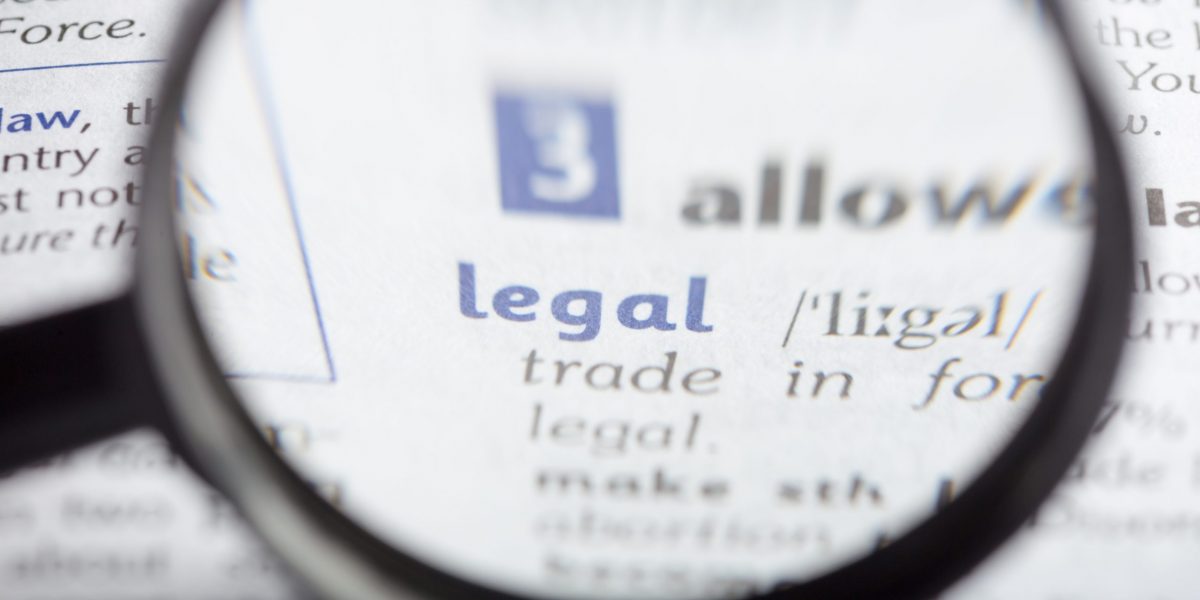Dealing with Source of Funds (SoF) questions is a critical part of your AML obligations as a solicitor in the UK. The SRA and LSAG (Legal Sector Affinity Group) guidance emphasise that this goes beyond simply knowing where the money came from (e.g., a specific bank account). You need to understand how the client accumulated the funds for the transaction.
This is often distinguished from Source of Wealth (SoW), which refers to the overall origin of a client’s entire wealth, but the two are intrinsically linked, especially in higher-risk situations.
Here’s a breakdown of how to deal with SoF questions for a client, focusing on the practical steps and what the SRA expects:
- Adopt a Risk-Based Approach:
- Your starting point is your Client and Matter Risk Assessment (CMRA). The level of scrutiny required for SoF will depend on the risk profile you’ve assigned to the client and the matter. A higher-risk client (e.g., a PEP, someone from a high-risk jurisdiction, or a complex transaction) will require much more in-depth SoF verification.
- Don’t assume low risk for existing clients. Even if you’ve acted for a client before, you must still conduct SoF checks for new transactions, and the level of scrutiny should be reviewed based on the current matter’s risk.
- Ask the Right Questions (and Document Them):
The goal is to build a clear, coherent, and consistent picture of how the funds were accumulated.
- “How did you accumulate these funds?” This is the core question. Don’t just ask for a bank statement. Ask for the narrative behind the money.
Specifics of the source:
- Salary/Income: How much is their salary? How long have they been employed? Does the amount of accumulated funds seem consistent with their stated income and outgoings over a reasonable period?
- Savings: How long have these savings been building up? What was the original source of the money that contributed to the savings?
- Sale of Property/Assets: What property was sold? When was it sold? Who was the buyer? Can they provide completion statements, title deeds, or other sale documents?
- Inheritance: Who was the deceased? When was the inheritance received? Can they provide a copy of the Grant of Probate/Letters of Administration, estate accounts, or a letter from the administering solicitors?
- Gift: Who is the giftor? What is their relationship to the client? What is their source of funds for the gift? (You will need to conduct due diligence on the giftor as well, including ID/SOF/SOW, and obtain a gifted deposit letter if applicable, confirming it’s a non-repayable gift).
- Loan: Who is the lender? What are the terms of the loan? What is the lender’s source of funds for the loan? (Again, due diligence on the lender may be required).
- Business Profits: What is the nature of the business? Can they provide recent filed accounts, tax returns, letter from accountant or dividend certificates?
- Compensation/Insurance Payouts: Can they provide a letter from the paying entity (e.g., the court, insurance company, or their previous solicitor) and bank statements showing receipt?
- Gambling Winnings: Can they provide official documentation from the gambling establishment or betting platform, and bank statements showing the large win being deposited?
- Request Supporting Documentation (and Verify):
- Bank Statements: These are almost always required.
- Ideally request full PDF statements downloaded directly from the bank’s online portal (not screenshots or print-offs of summaries).
- Ensure they show the client’s name, account number, and address.
- Look for a sufficient period to demonstrate accumulation. This could be six months, it could be five years.
- Trace large incoming and outgoing transactions.
- Other relevant documents:
- Pay slips, employment contracts.
- Certified copies of sale contracts, completion statements.
- Probate documents, letters from executors.
- Gift declarations/letters.
- Loan agreements.
- Company accounts, tax returns.
- Details of a divorce settlement.
- Cross-referencing: Compare the information provided with other due diligence information you hold on the client. Does it all align?
- Independent verification: Where possible and proportionate to the risk, seek independent verification of the funds. This could be checking public registers, company house, or using reputable electronic verification tools that link directly to bank accounts (with client consent).
- Look for Red Flags and Address Them:
Be vigilant for warning signs that the funds may be illegitimate.
- Large cash deposits: Extremely difficult to verify the true source. Most solicitors will refuse cash payments.
- Unexplained payments from third parties: Funds coming from individuals or entities with no clear connection to the client or the transaction.
- Funds from high-risk jurisdictions: Countries known for corruption, drug trafficking, or weak AML controls.
- Client evasiveness or secrecy: Reluctance to provide information or providing inconsistent/contradictory information.
- Unusual transaction patterns: Funds moving quickly in and out of accounts, or through multiple accounts without clear reason.
- Funds disproportionate to the client’s known income/lifestyle: A sudden large influx of money that doesn’t fit their profile.
- Complex or opaque structures: Funds routed through multiple companies, trusts, or intermediaries without a clear legitimate purpose.
- Urgency without legitimate reason: Client pushing to complete quickly without providing full information.
- Use of multiple accounts for a single transaction.
- Adverse media findings: Negative news or allegations against the client or related parties concerning illicit activities.
- Document Everything Thoroughly:
This is crucial for an SRA audit.
- Record all questions asked: Even if by phone or in person.
- Record all answers received.
- List all documents requested and received.
- Note any discrepancies or red flags identified, and how they were resolved.
- Document your assessment and conclusion: Explain why you are satisfied (or not) with the source of funds based on the evidence.
- Sign and date: Ensure all records are dated and signed by the fee earner and reviewed by the MLRO (if higher risk or concerns arise).
- Escalate Concerns to the MLRO:
- If you have any suspicion, concern, or difficulty in verifying the source of funds, you mustescalate it to your Money Laundering Reporting Officer (MLRO) immediately.
- Do not “tip off” the client that you are suspicious or considering making a SAR.
- Your MLRO will decide whether a Suspicious Activity Report (SAR) needs to be made to the National Crime Agency (NCA).
Example Scenario and Approach:
Client: Buying a property for £300,000 cash.
Initial Question: “Mr. Smith, can you please explain how you accumulated the £300,000 for this property purchase?”
Potential Answers and Follow-ups:
- “It’s from my savings.”
- Follow-up: “Can you provide bank statements for the last X months/years showing the accumulation of these funds? What was the original source of the money that contributed to these savings (e.g., salary, inheritance, previous property sale)?”
- “My parents gifted it to me.”
- Follow-up: “We will need a gifted deposit letter from your parents confirming this is a non-repayable gift. We will also need to conduct ID verification on your parents and obtain their source of funds for the gift. How did they accumulate this money?”
- “I sold my business.”
- Follow-up: “Can you provide documentation related to the sale of the business (e.g., sale agreement, completion statement, bank statements showing the proceeds)? Who was the buyer of the business?”
By adopting a structured, risk-based approach and meticulously documenting your enquiries and the evidence received, you can effectively deal with source of funds questions and meet your AML obligations.




